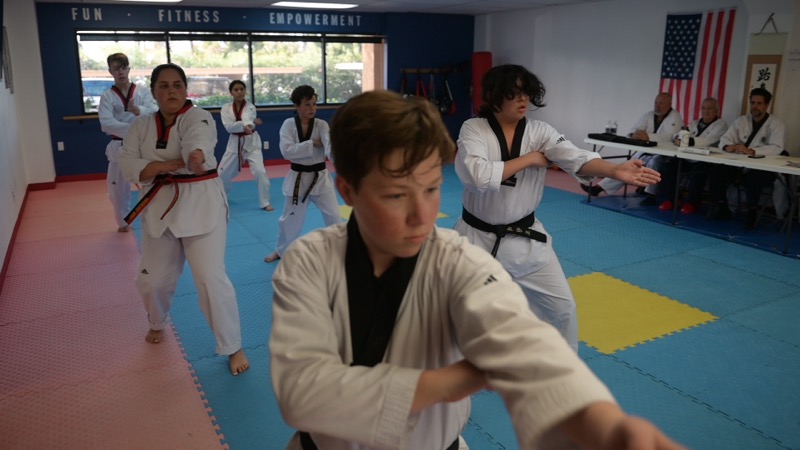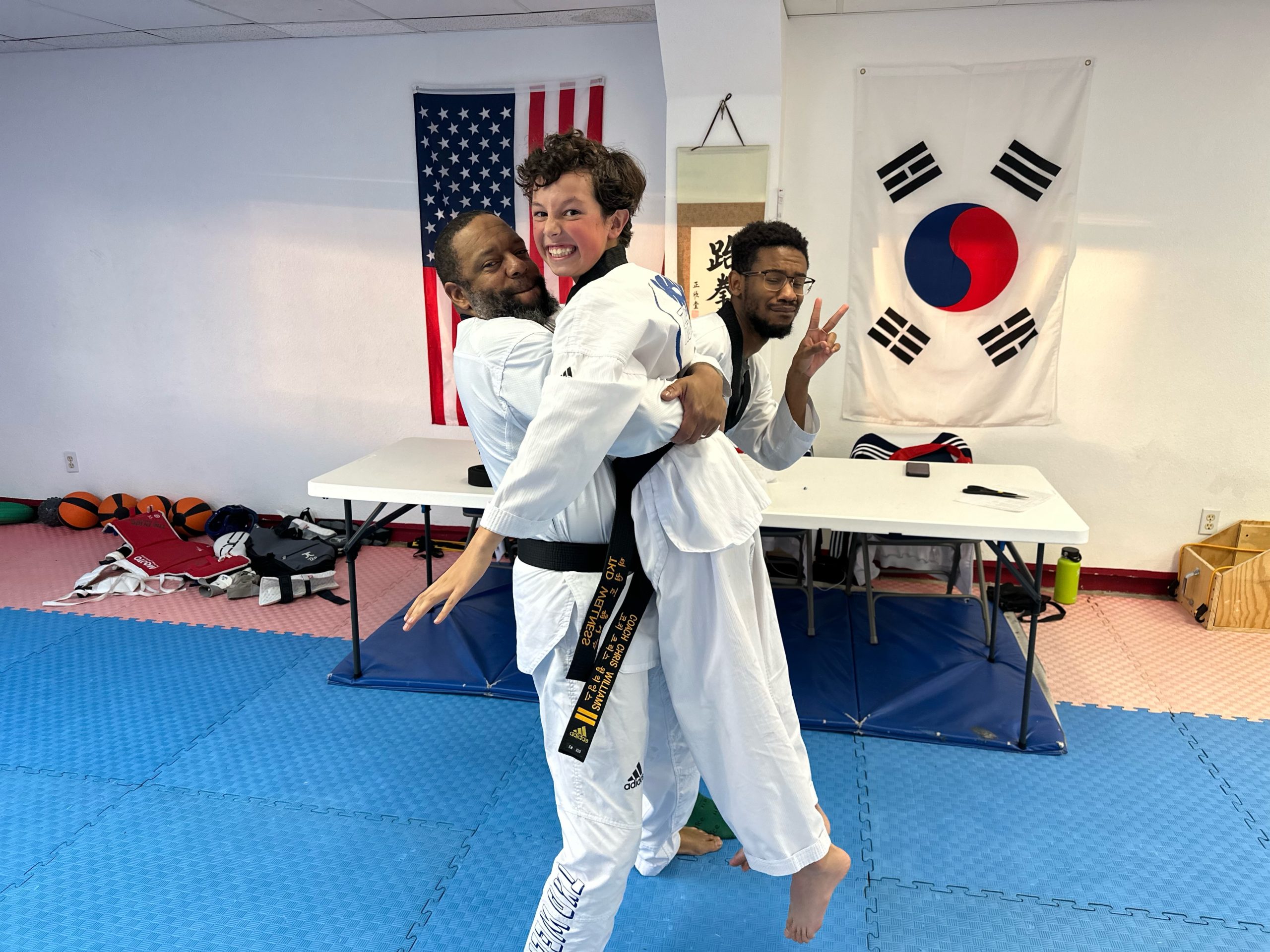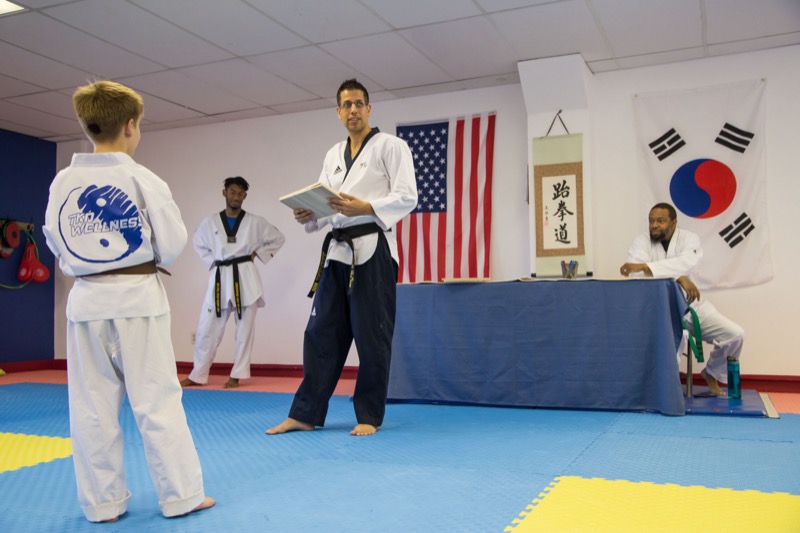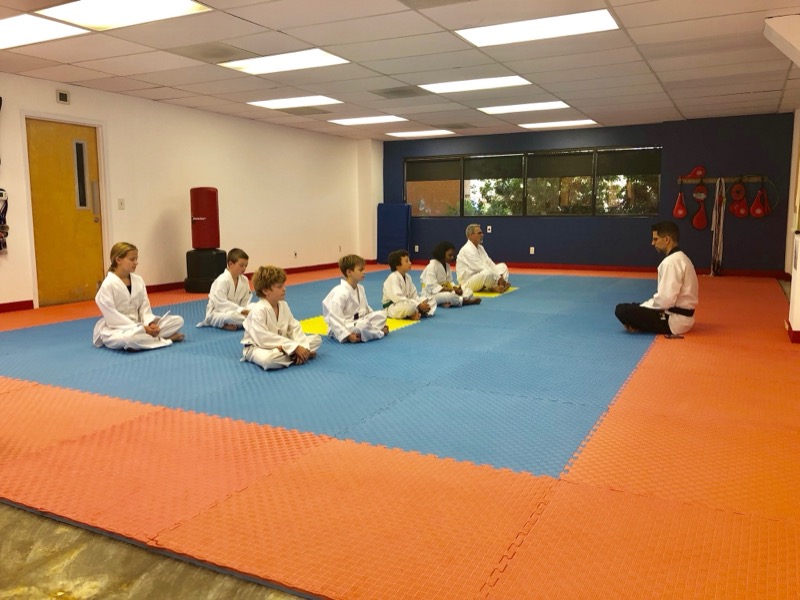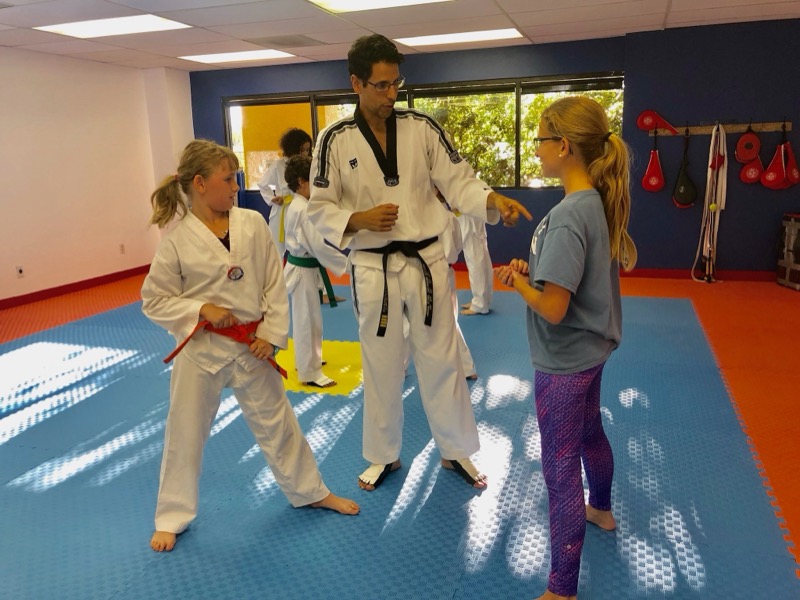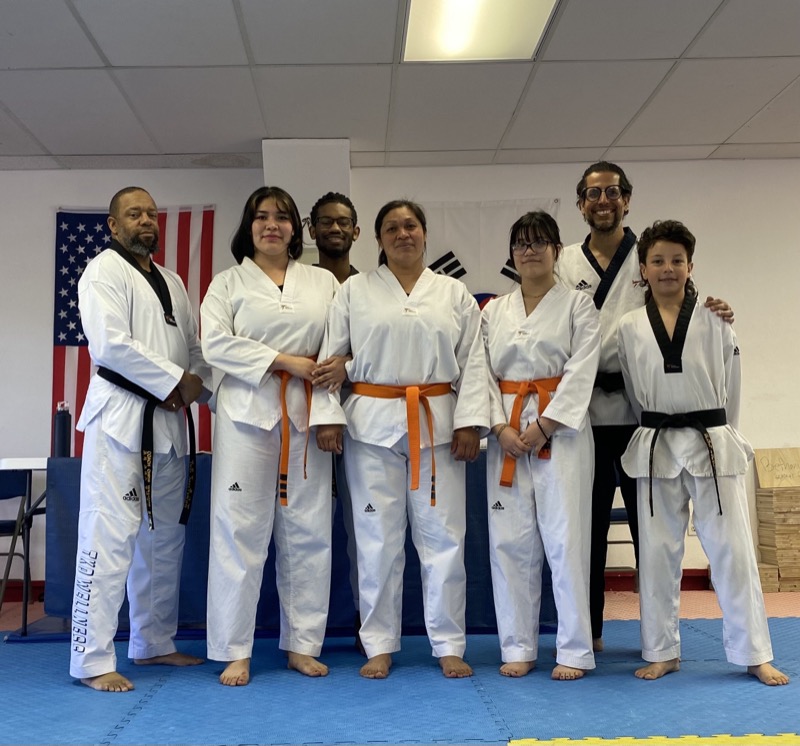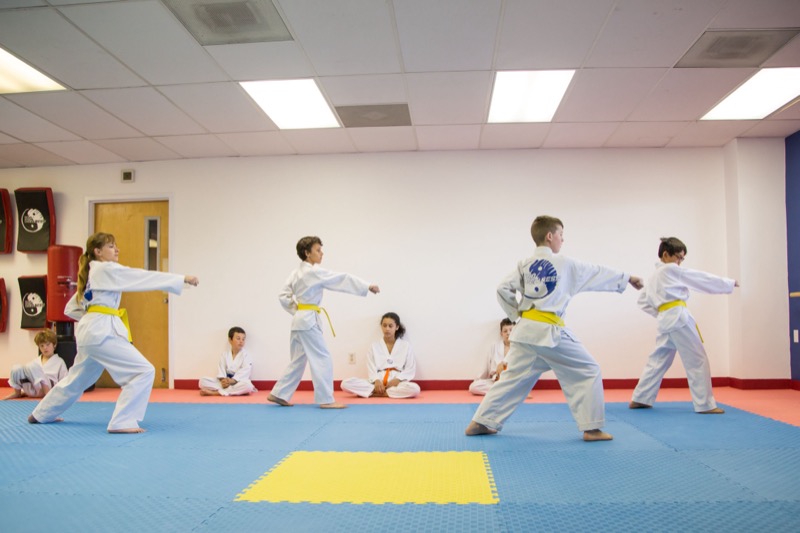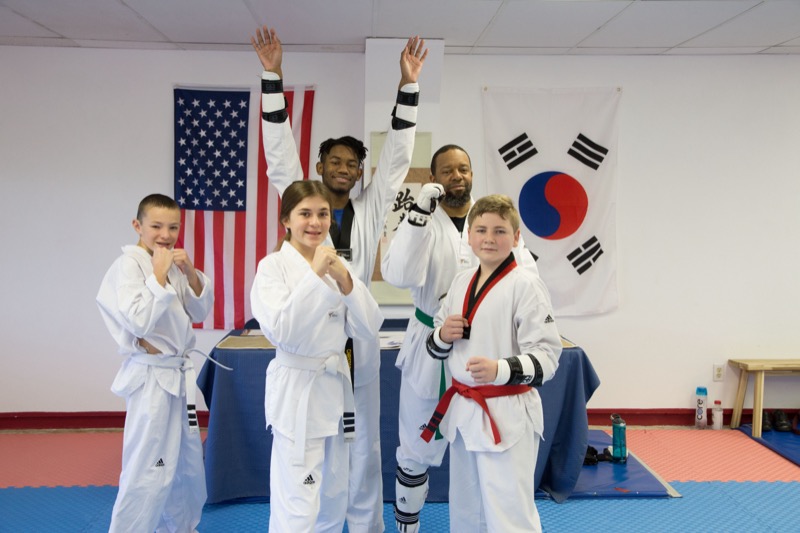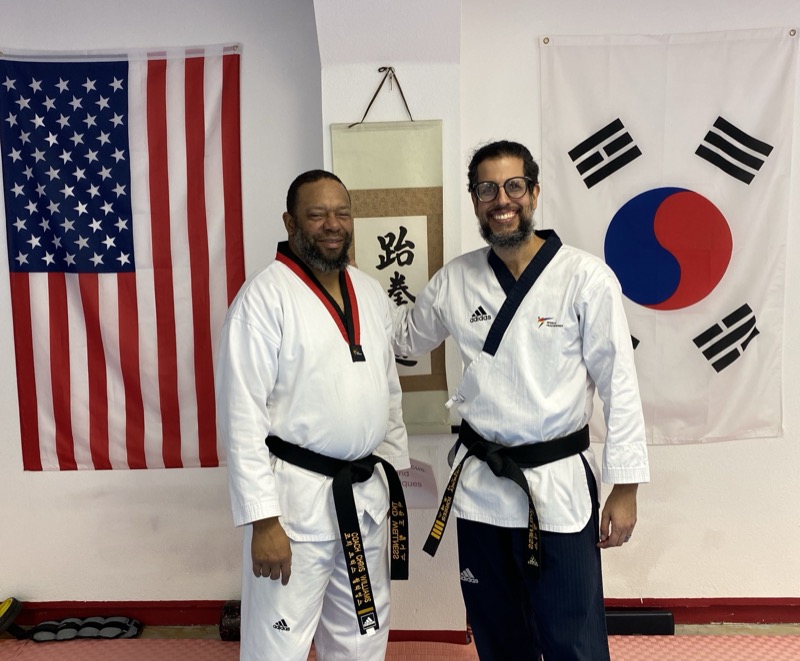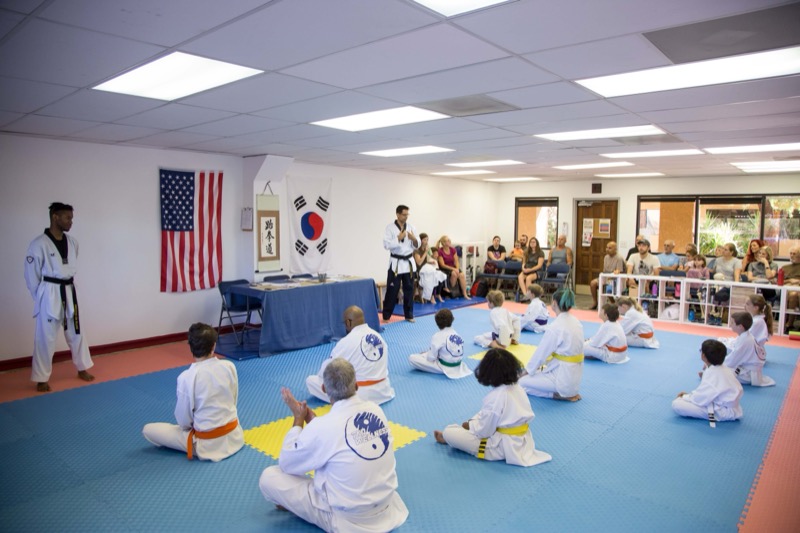
In today’s fast-paced, tech-driven world, teaching children respect has become both a challenge and a necessity. Respect forms the foundation of good character, shaping how children interact with peers, authority figures, and themselves. For parents seeking a structured yet engaging way to instill this vital value, martial arts offer an exceptional solution.
Rooted in centuries-old traditions, martial arts like Karate, Taekwondo, Judo, Brazilian Jiu-Jitsu, and Kung Fu are far more than physical practices. They are holistic systems of personal development that weave respect into every aspect of training. Let’s explore how martial arts cultivate respect and why these lessons resonate with parents.
The Philosophy of Respect in Martial Arts
At the heart of martial arts lies a deep respect for tradition, discipline, and humanity. This respect is not merely taught—it is lived through every bow, every movement, and every interaction within the training space. Children absorb this philosophy from their very first class.
Respect for Tradition and Authority
Martial arts honor the lineage of knowledge passed down through generations. Children learn to value this tradition by respecting their instructors, who are custodians of these ancient arts. Practices such as bowing when entering the dojo (training hall), addressing instructors with titles like “Sensei” or “Master,” and adhering to ceremonial rituals cultivate an innate respect for authority, structure, and history.
Cultivating Self-Respect
Martial arts begin with self-respect, empowering children to believe in their own abilities while embracing their limitations. Through consistent effort, they discover the power of perseverance and the joy of self-improvement.
Setting and Achieving Goals
The belt system in martial arts is a clear, goal-oriented progression. Each new belt represents a milestone earned through hard work, patience, and dedication. Achieving these goals reinforces the value of persistence and inspires children to set and reach objectives in other areas of their lives.
Confidence Through Competence
Martial arts teach children that mastery comes from effort and repetition, not instant gratification. This slow, steady process builds genuine competence. Knowing they have developed real skills—not just for self-defense but for personal growth—nurtures self-respect and encourages a positive self-image.
Teaching Respect for Others
Martial arts emphasize that respect is a two-way street. Students are taught to value not only their instructors but also their peers and even their opponents.
Partner Drills and Sparring
Collaborative drills and sparring exercises instill mutual respect. Children learn to rely on their partners while prioritizing each other’s safety. This fosters empathy and trust, as well as the understanding that teamwork requires respect and communication.
Celebrating Diversity
Martial arts attract a diverse community, exposing children to peers from various cultural, social, and economic backgrounds. This diversity promotes inclusivity and broadens their perspectives, teaching them to respect differences and appreciate shared experiences.
Healthy Competition
In martial arts, competition is framed as a tool for growth, not dominance. Children learn to respect their opponents as collaborators in their journey toward self-improvement. This mindset encourages humility in victory and grace in defeat, valuable lessons for life.
Discipline: The Cornerstone of Respect
Discipline is an integral part of martial arts training, fostering habits and attitudes that translate into respect for oneself, others, and responsibilities.
Following Instructions
Martial arts techniques require precision, which demands attentiveness to instruction. Children quickly learn that listening and following guidance are essential for progress. This attentiveness naturally carries over to school, home, and other activities.
Consistency and Routine
Regular practice instills a structured routine, teaching children the importance of time management and commitment. By respecting their schedule, they learn the value of honoring commitments, whether it’s training sessions or homework deadlines.
Responsibility and Leadership
As students advance in martial arts, they take on responsibilities that nurture respect and leadership skills.
Mentorship Opportunities
Higher-ranking students often assist beginners, guiding them through techniques and encouraging their progress. This mentoring fosters a sense of responsibility and teaches students the importance of helping others succeed.
Role Modeling Respect
Through their actions, advanced students model respect for instructors, peers, and the martial art itself. Younger students emulate this behavior, creating a cycle of respect that strengthens the dojo community.
Why Parents Love These Lessons
Martial arts provide a structured environment where respect is not just a concept but a practice. Parents often notice positive changes at home, such as improved manners, better listening skills, and a greater sense of responsibility. The respect learned in martial arts is foundational, influencing how children approach relationships, academics, and challenges throughout their lives.
Closing Thoughts: Respect as a Lifelong Lesson
Martial arts are more than a physical discipline; they are a life philosophy centered on respect. By enrolling their children in martial arts, parents provide them with tools to develop self-respect, empathy, and discipline—qualities that will serve them in every stage of life. As parents witness their children bow before stepping onto the mat, offer encouragement to a partner, or celebrate a rival’s victory, they know these lessons are shaping not just martial artists, but individuals of character.
Written by AI & Reviewed by Clinical Psychologist and Head Coach: Yoendry Torres, Psy.D.
Disclaimer: Some blog posts may contain affiliate links, and TKD Wellness will earn a commission if you purchase through those links at no additional cost to you. We recommend products and services that we trust and have found helpful. Thank you for supporting our website!
